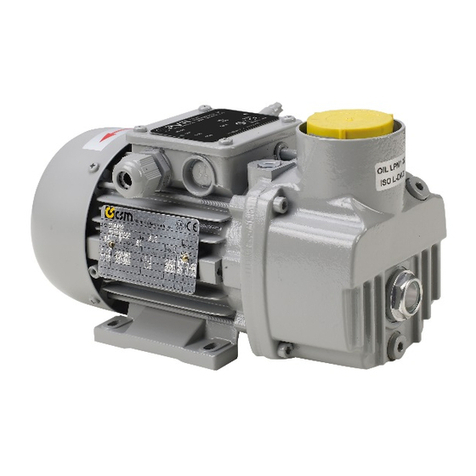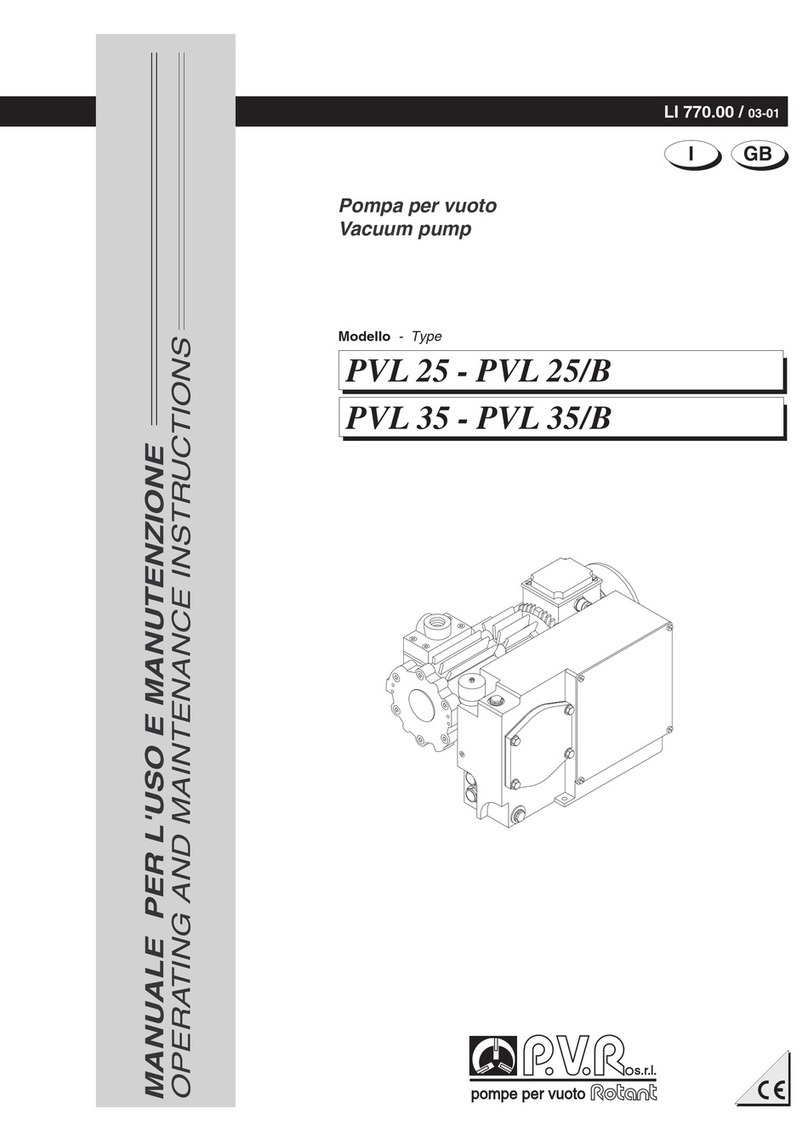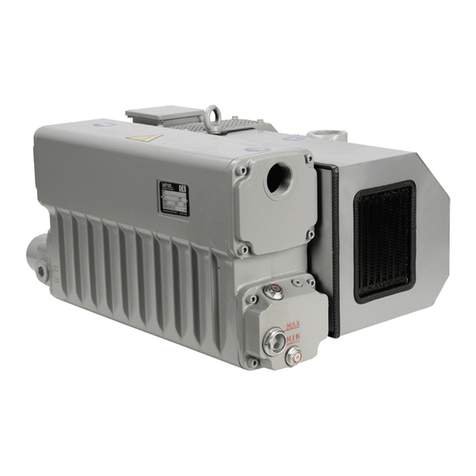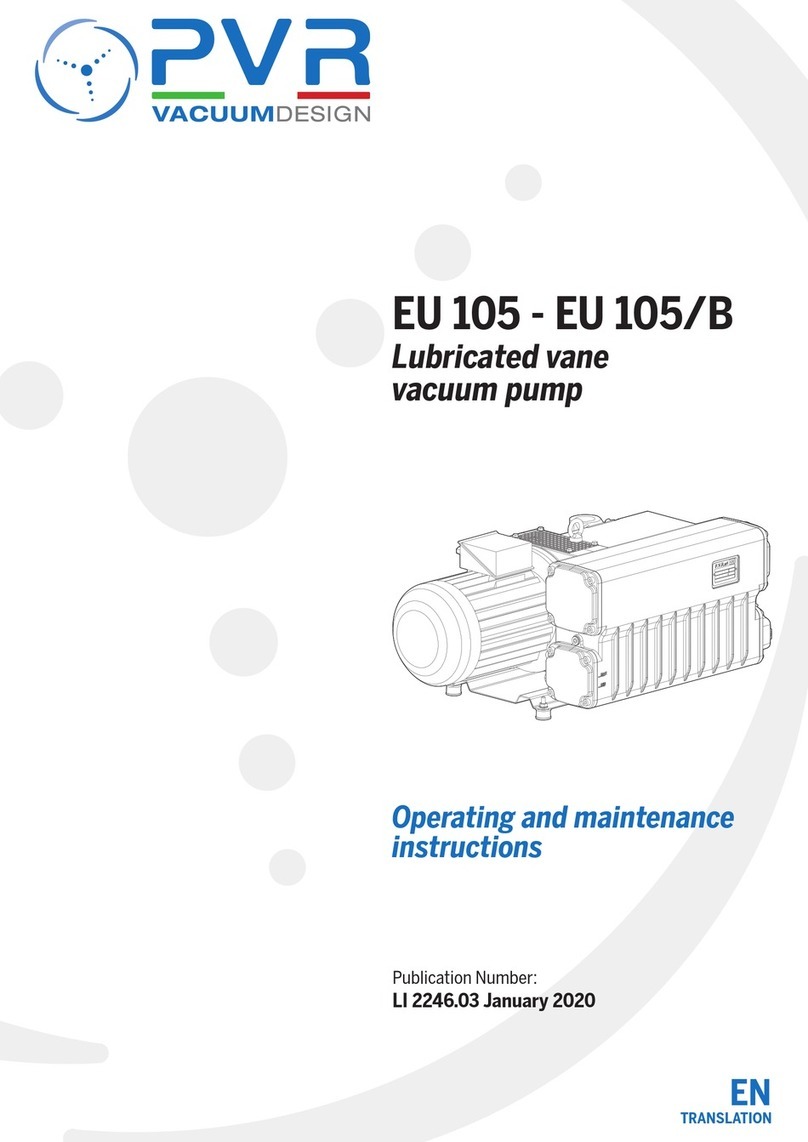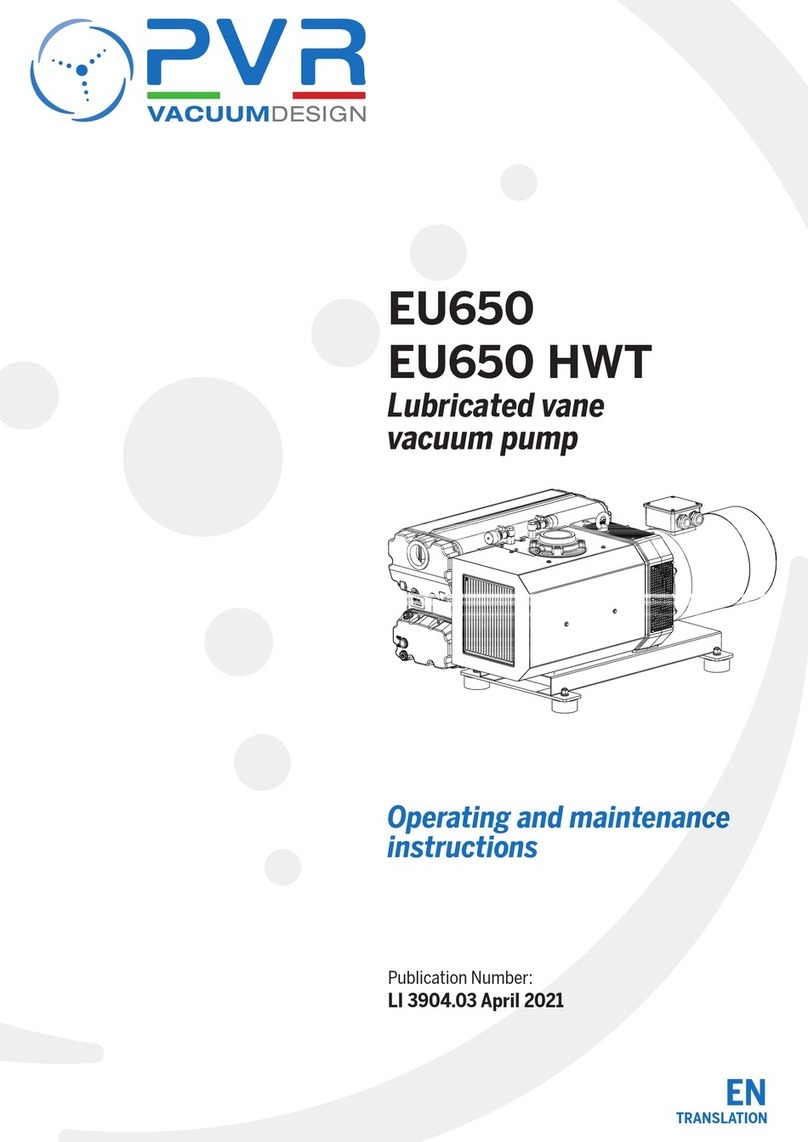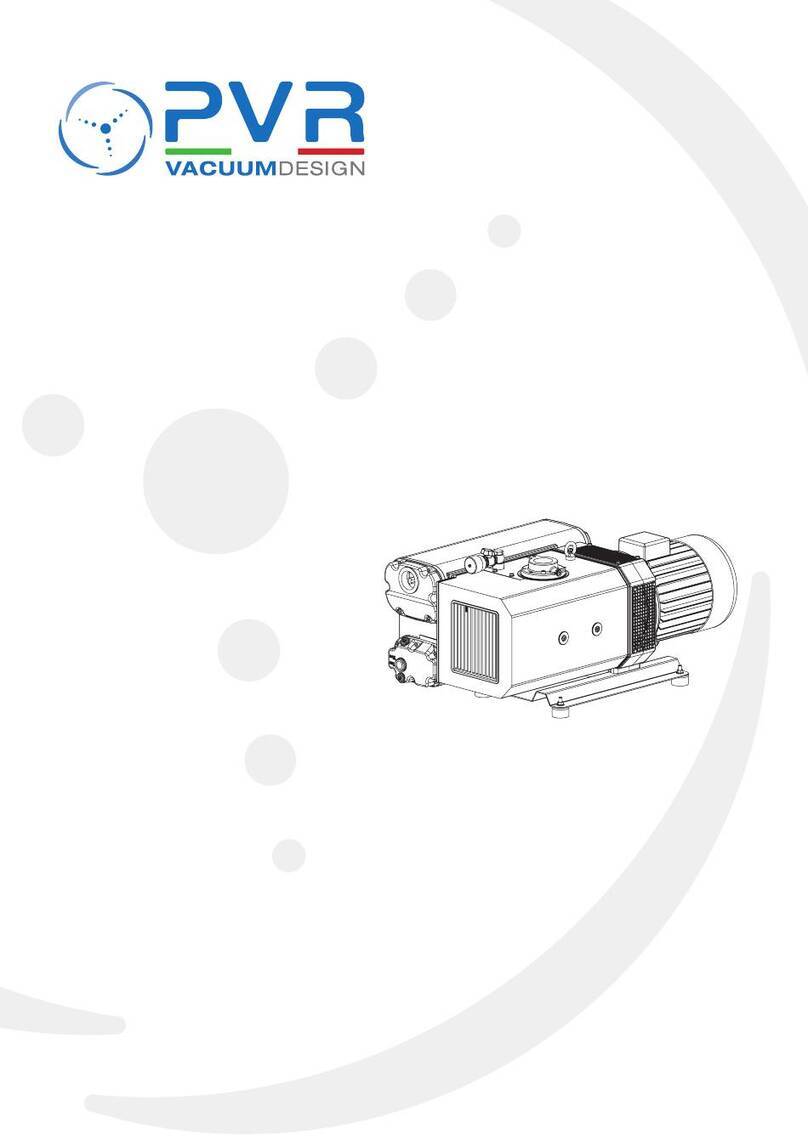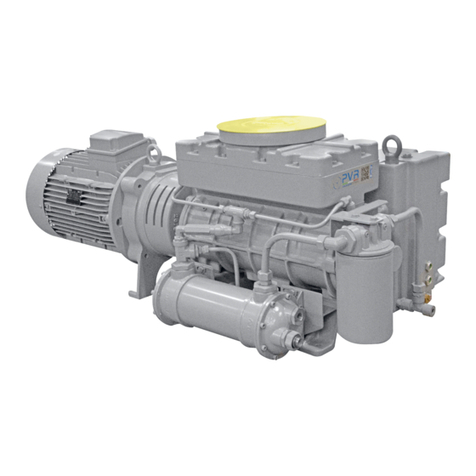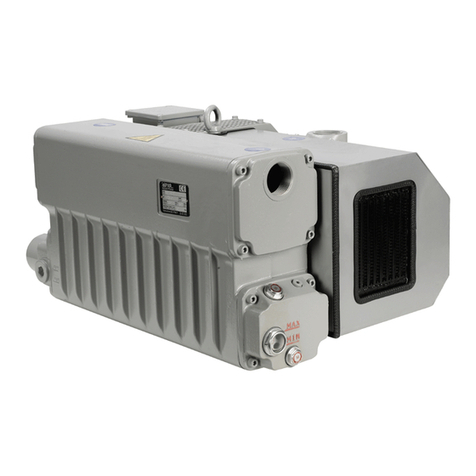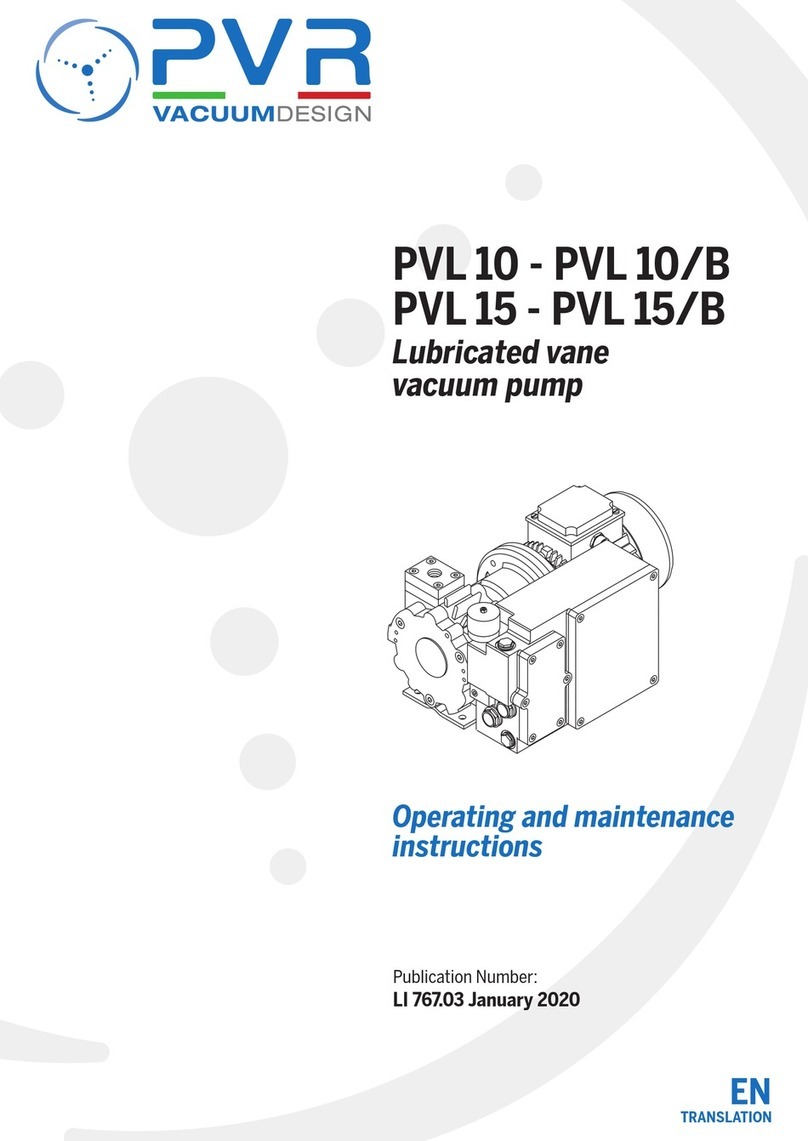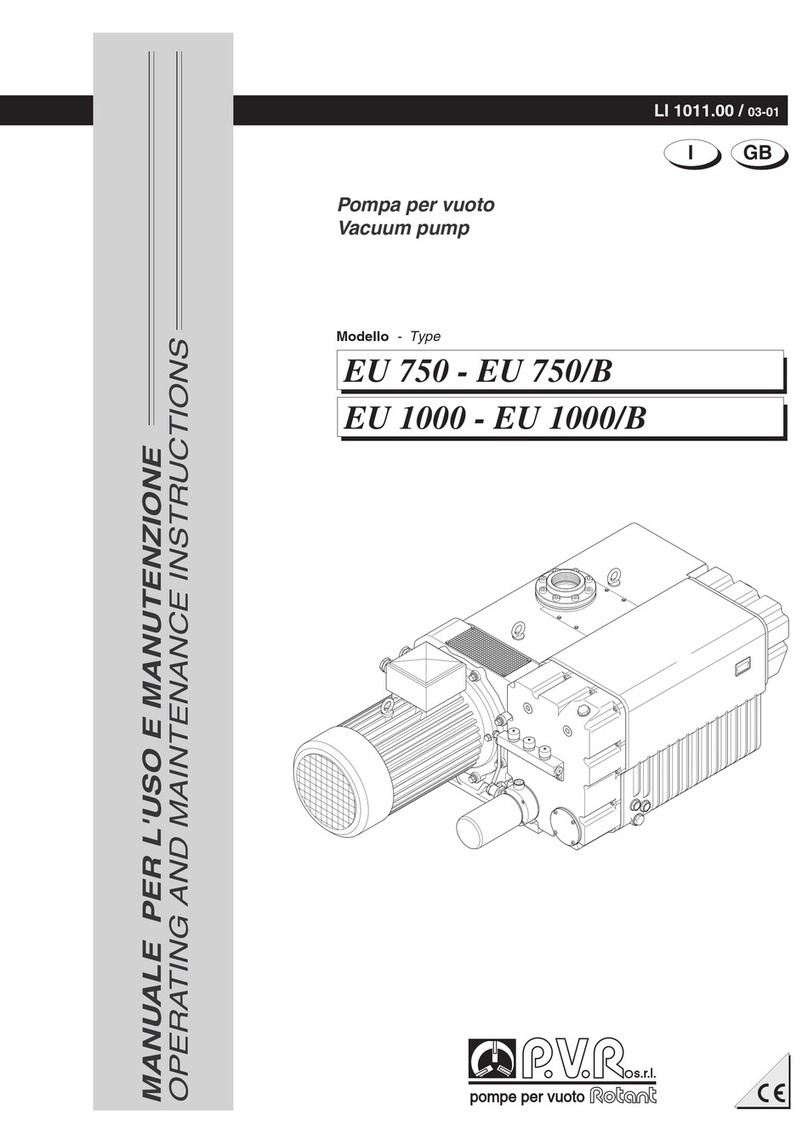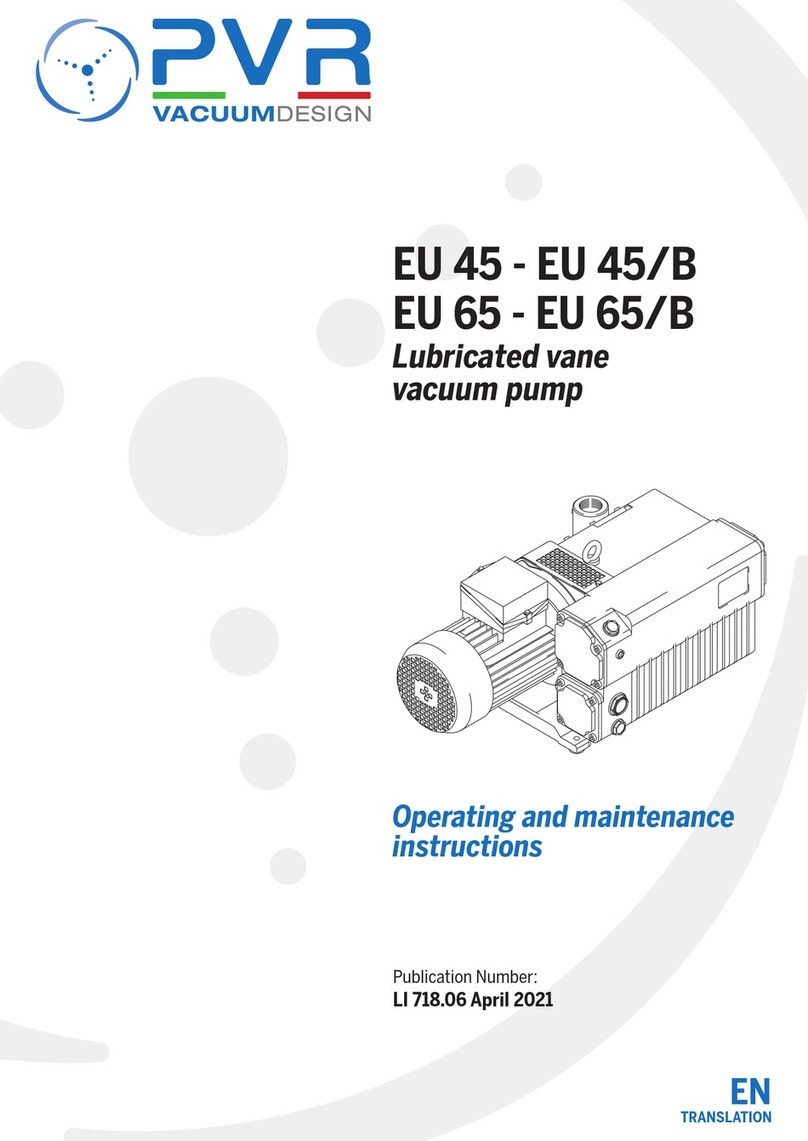
Operating and maintenance instructions
EN
2
LI 770.03
Index
1. General information ..............................................................................................page 3
2. Product specifications ....................................................................................... page 4
2.1 Pump description ............................................................................................. page 4
2.2 Expected use.....................................................................................................page 5
2.3 Forbidden use....................................................................................................page 5
2.4 Protections ........................................................................................................page 5
2.5 Accessories .......................................................................................................page 5
3. Safety rules ........................................................................................................... page 6
4. Transport/handling ............................................................................................ page 8
4.1 Lifting ................................................................................................................ page 8
4.2 Unpacking and components control.............................................................. page 8
4.3 Storage ............................................................................................................. page 8
5. Commissioning and operation........................................................................... page 9
5.1 Assembly........................................................................................................... page 9
5.2 Location ...........................................................................................................page 10
5.3 Connection to the machine............................................................................ page 11
5.4 Discharge air pipe line installation................................................................. page 11
5.5 Electric connection......................................................................................... page 12
5.6 Commissioning ...............................................................................................page 13
5.7 Tips for use ......................................................................................................page 13
5.8 Water vapour suction .....................................................................................page 14
6. Servicing...............................................................................................................page 14
6.1 General information ........................................................................................page 14
6.2 Oil change........................................................................................................page 16
6.3 Coupling rubber insert replacement.............................................................page 16
6.4 Exhaust filters replacement...........................................................................page 16
6.5 Spares necessary for the normal servicing .................................................. page 17
6.6 Pump overhaul ................................................................................................ page 17
6.7 How to order spare parts................................................................................ page 17
7. Lubricants............................................................................................................. page 17
8. De-commissioning ..............................................................................................page 18
9. Return for repair..................................................................................................page 18
10. Disposal...............................................................................................................page 18
11. Troubleshooting .................................................................................................page 19
Attachments
Technical data sheet, exploded view and parts list (RDT)
EC declaration of conformity (DC)
Electric motor operating instructions
Instructions for the accessories


















